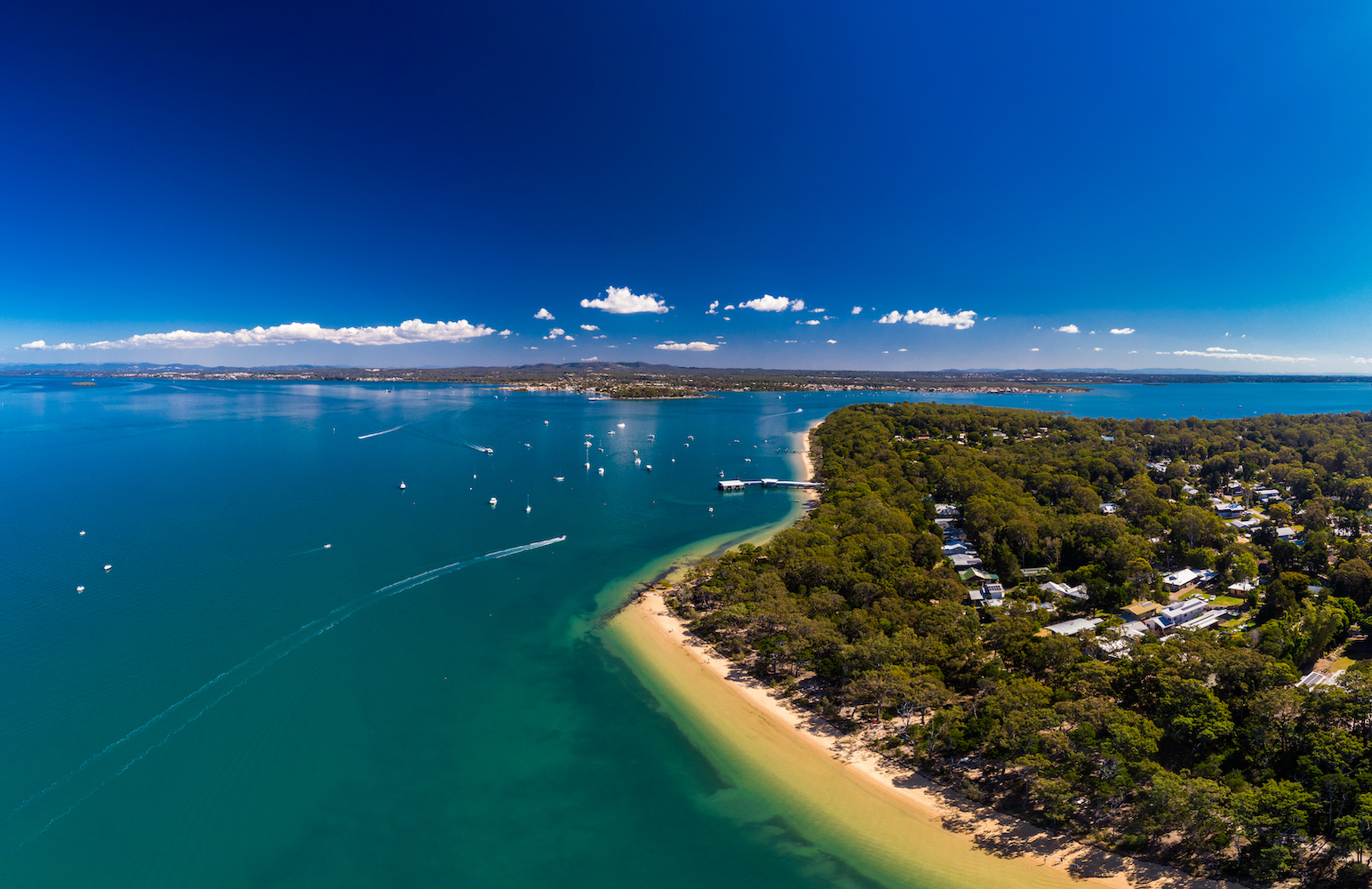
"It's great to see Brisbane is finally catching up to the other two major cities in Australia (Melbourne and Sydney), this opens up a lot of opportunities for investors." - John Stavrinoudis, Finance Manager
House prices in Brisbane have surged a jaw-dropping $200,000 in the past year as the Queensland capital's property market continues its hot streak.
According to the latest quarterly report from Domain, Brisbane’s house and unit prices lifted uniformly by 3.1 per cent in the three months to March, but have surged by 32.1 per cent and 9.3 per cent respectively during the past 12 months.
The disparity between house and apartment prices in Brisbane is now at its widest in almost two decades.
During the past year, Brisbane house prices rose by $200,000—the steepest annual upswing in 18 years, while units have jumped $38,000, the sharpest annual rise in 14 years.
Brisbane house prices ramped up with the onset on Covid-19—as a higher value on privacy pushed buyers into houses and interstate migration to the Sunshine State propelling Queensland’s property market.
Following flooding in February, concerns were raised that the city’s breakneck property values would drop if it followed the trend after the city’s previous major flood event in 2011.
Domain chief of research and economics Nicola Powell said there had been a number of factors supporting Brisbane’s buoyant market while other markets, such as Sydney and Melbourne, began to flatline after an “extreme property boom”.
“The property boom is likely to continue with Queensland recording the strongest annual population growth of all the states, driven by heightened interstate migration,” Powell said.
“This interest will be supercharged by the opening of international borders, eased social distancing rules and high vaccination rates, particularly from young families seeking better affordability, lifestyle, work-life balance and the expanding jobs market on offer in Queensland.
“Also, the 2032 Olympic games will underpin strong infrastructure, population and economic growth during the next decade.”
In Adelaide, meantime, house prices surged by 3 per cent during the first quarter of the year while unit prices were up 1.3 per cent.
Perth, which has long suffered from isolation and economic over-reliance on the mining industry, has also continued its revival with house prices up 1.5 per cent at the start of the year and a gain of 5 per cent during the past 12 months.
“We’re seeing cities such as Perth, Brisbane and Adelaide hitting new records with house prices, overall, the Australian property market is on the cooldown after incredible growth in recent years,” Powell said.
“The sheer affordability of keeping up with rapid house price gains is proving a barrier for buyers, especially for first home buyers facing spiralling deposit goals and poor interest accrued on savings.
“This has resulted in the number of home loans for owner-occupied first home buyers falling compared to last year.”
Across the quarter, the two largest and least affordable housing markets— Sydney and Melbourne—continued to lose steam.
Sydney house prices grew by a modest 0.2 per cent while units went backwards, retreating by -1.2 per cent. Melbourne’s house prices dropped by -0.7 per cent and units -2.2 per cent.
One of the key drivers behind this loss of house price momentum is the widely held belief the Reserve Bank of Australia will lift interest rates earlier than expected on the back of much higher inflation that previously forecast.
Although the central bank has to date kept the official cash rate on hold at 0.1 per cent, in turn keeping variable mortgage rates at their current record low levels, fixed mortgage rates have increased in response to the RBA tapering its quantitative easing program.
Headline inflation was 3.5 per cent in the year to December, while underlying inflation—the RBA’s preferred measure—was 2.6 per cent, within the central bank’s 2 per cent to 3 per cent target band.
RBA governor Philip Lowe said interest rates would eventually rise over the coming years to at least 2.5 per cent, and probably higher if productivity growth and real wages rose healthily.
According to Westpac, the RBA is expected to lift the cash rate by 15 basis points at the May Board meeting next week and 25 basis points in June.
AMP Capital chief economist Shane Oliver said rising interest rates would dramatically slash buyers’ purchasing power and limit price growth in the months ahead.
“Low interest rates fuelled this huge run-up in prices, but now that’s coming to an end, with fixed rates having already gone up and variable rate mortgages likely to rise this year,” Oliver said.
“I don’t think that’s necessarily going to cause people to default, I think that’s unlikely. Or, if there is a bit of that [it would] be relatively minor and manageable.
“The bigger issue will be that, as rates go up, people can borrow less and therefore pay less for housing. On top of that, with high inflation and an increasing cost of living, it makes it harder to save for a deposit.”
Oliver said the higher-than-expected inflation data pointed to earlier than expected rate increases, which would be a negative for house prices.
“We don’t know how people are going to respond to rising interest rates. The last time we saw a rise in official interest rates was way back in 2010. So, many borrowers have simply never seen a period of rising interest rates... So that’s going to create a bit of stress.
“We saw in 2017-2019 the impact of slowing property prices on the economy when prices around the country fell 10 per cent... that slowed the economy down.
“If that occurs this time around (and it probably will, because you get this negative wealth effect; your wealth goes down, you feel poorer, you spend less) then it’s going to take pressure off the Reserve Bank in terms of how much they have to raise interest rates.”
Source: The Urban Developer
Tabet, T. (2022, April 28). Brisbane’s buoyant housing market bucks national trend. The Urban Developer. https://www.theurbandeveloper.com/articles/brisbane-buoyant-housing-market-bucks-national-trend